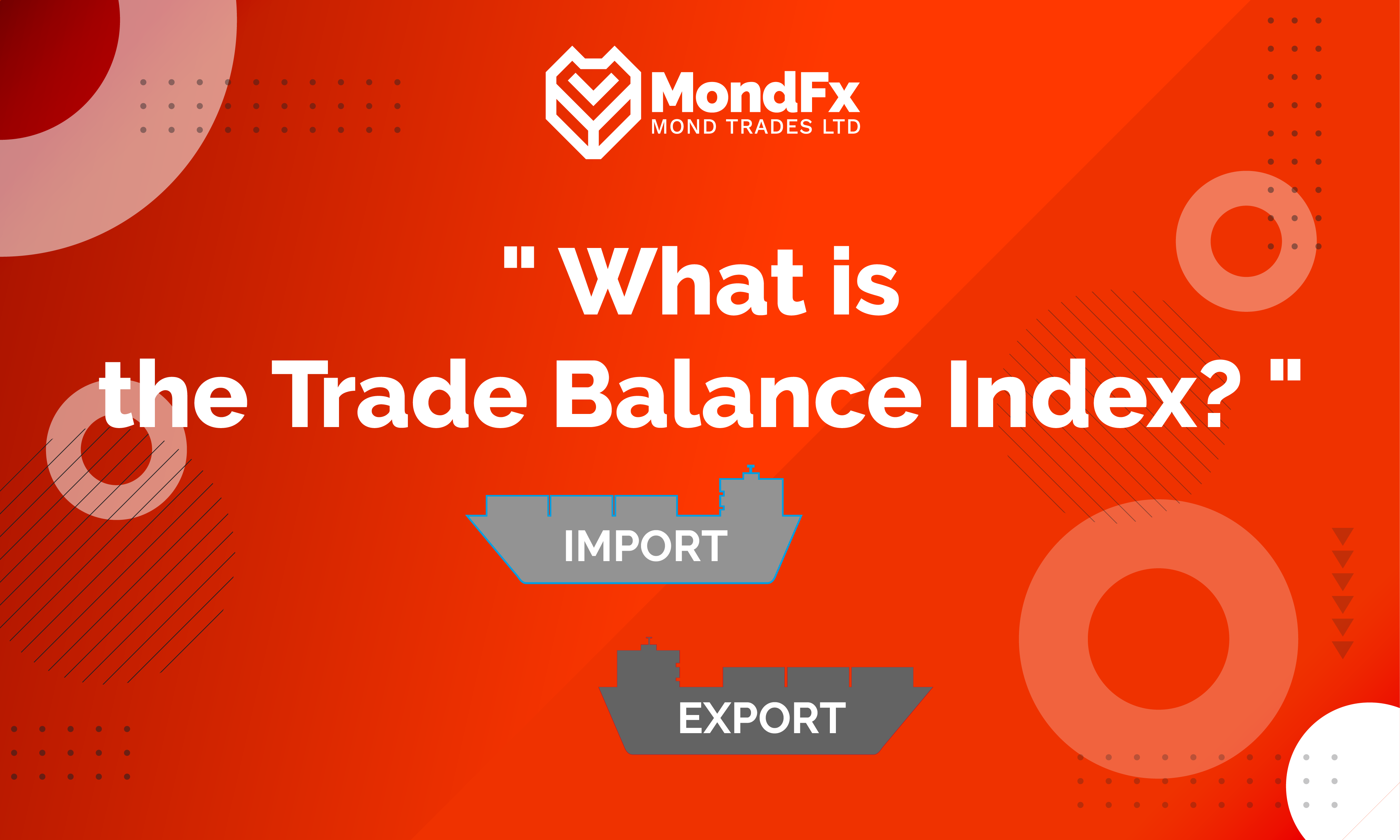The Balance of Trade index is an economic index that shows the difference between the value of a country’s exports and imports over a specific period. For example, a positive trade balance occurs when the value of a country’s exports is greater than its imports. A negative trade balance occurs when the value of a country’s imports exceeds its exports, indicating that the country is importing more than it is exporting.
The significance of the trade balance index
The trade balance can significantly influence the value of a national currency. For instance, a trade surplus (positive trade balance) typically strengthens the national currency, while a trade deficit (negative trade balance) can lead to a depreciation of the currency. From another perspective, the trade balance is a crucial index of a country’s economic health. A trade surplus can signify strong domestic production and high foreign demand for a country’s goods and services.
Overall, the trade balance index is a factor that international investors pay close attention to. Changes in this index can influence investors’ perceptions of a country’s economy and, consequently, capital flows.

The Significance of the U.S. Trade Balance
The United States has the largest economy in the world, therefore, its trade balance directly impacts global trade and the economies of other countries. On the other hand, the U.S. dollar is the world’s reserve currency and is used in many international transactions between countries. Fluctuations in the U.S. trade balance can affect the demand for the dollar and directly influence exchange rates.
It’s important to consider that a persistent U.S. trade deficit can force the country’s central bank (the Federal Reserve) to adopt specific policies, such as changing interest rates, which have a significant impact on global markets. On the other hand, changes in the U.S. trade balance can lead to trade tensions (like the trade war with China), and these tensions can have far-reaching effects on the global economy and financial markets.
In summary, the U.S. trade balance holds more significance compared to other countries due to the nation’s primary role in the global economy, the dollar’s status as the world’s reserve currency, and the potential implications for monetary policy.

The impact of this index on the gold and stock markets
Generally, gold has an inverse relationship with the U.S. dollar. When the U.S. trade balance index shows a deficit, the value of the U.S. dollar decreases, and global demand for dollar accumulation diminishes. Additionally, a larger trade deficit can prompt the Federal Reserve to adopt more expansionary monetary policies (lowering interest rates), which can lead to an increase in the value of gold.
The trade balance index directly impacts the share prices of companies operating in the export and import sectors. If the trade balance improves, U.S. export companies will become more profitable, resulting in an increase in the share prices of these companies. Conversely, a trade deficit (negative trade balance) will harm export companies and negatively impact their share prices.
Overall, this index is a crucial measure for understanding economic health and predicting market movements. However, professional traders utilize a combination of various indices and factors to analyze the market and make financial decisions.

